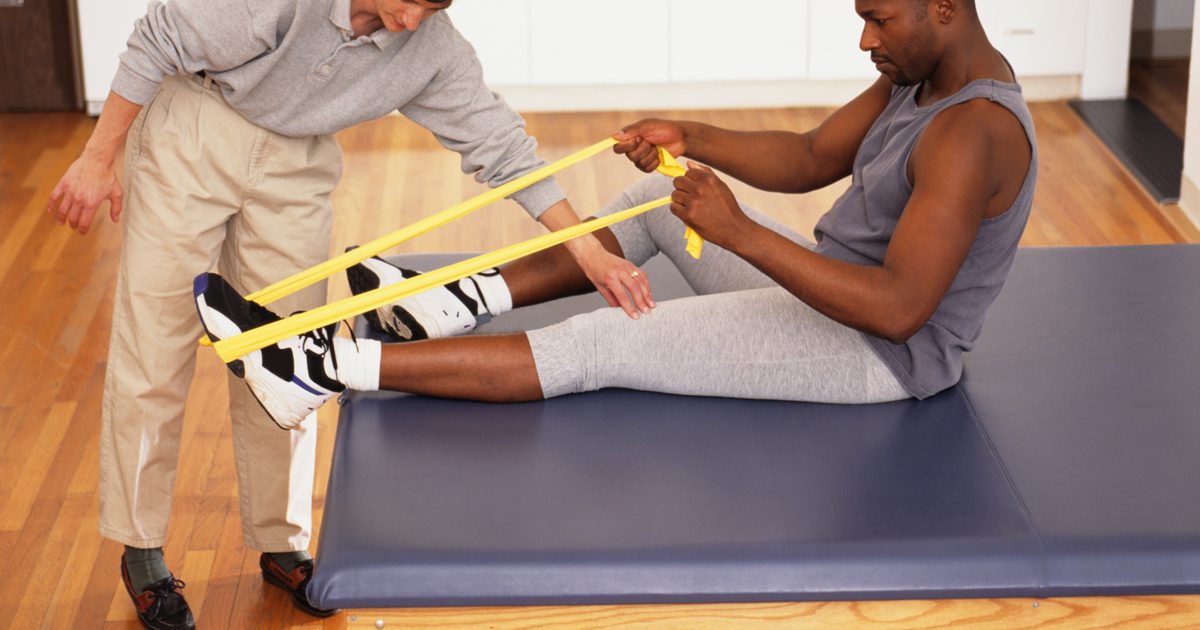How To Manage Muscle Atrophy
Muscle atrophy is a condition that occurs when an individual's muscles waste away, typically due to a lack of physical activity. There are a number of circumstances in which muscle wasting is common, like when an injury or disease makes movement difficult. Individuals with muscle atrophy should talk to their doctors about the best way to face the condition. The treatment methods vary widely depending on the severity of muscle loss and the underlying diagnosis. For example, some treatments may work well for patients recovering from injury, but not for those with neurodegenerative illnesses.
Start With Physical Therapy

Many doctors will recommend starting with physical therapy sessions to help combat muscle atrophy and regain as much strength as possible. Physical therapy tends to be the first course of action, though it can be a hindrance for patients who also experience exercise intolerance symptoms. A physical therapist will work with patients to assess their condition and determine what approach is best. One of the most common causes of muscle atrophy is spinal muscular atrophy. There are many varieties of spinal muscular atrophy with different degrees of severity. However, all spinal muscular atrophy varieties include progressive muscle weakness that makes walking difficult. Depending on the type, spinal muscular atrophy patients may also have trouble breathing and swallowing.
